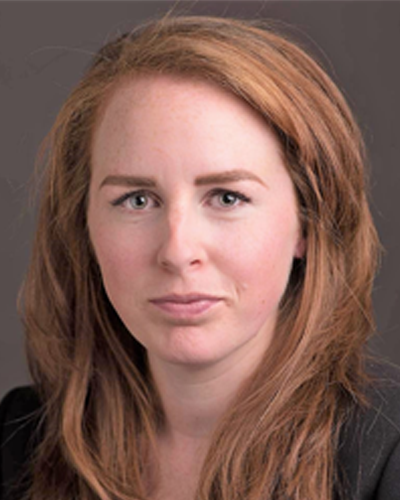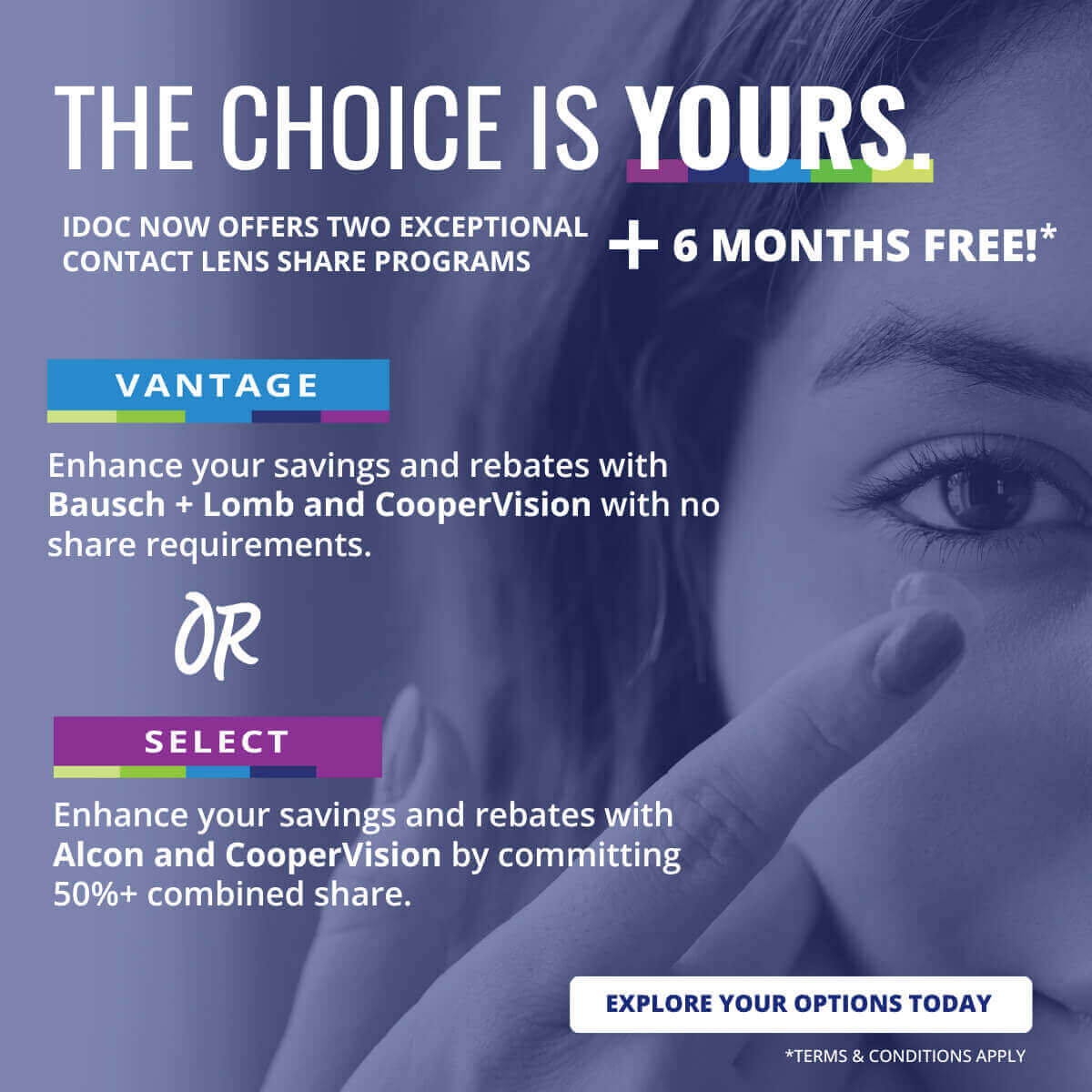How do you create efficiencies in a high-cost, low-margin retail environment? That was the question I was going to answer.
First, I think you have to remind yourself why you are in a high-cost, low-margin retail environment. The answer, because Susan blabbered at me until I brought in high-end product, is not enough in this case to restore confidence. (No matter how true it may be.)
High-margin product, while briefly beneficial, will have long-term detrimental effects on your profitability. Why?
A cup of coffee has a very high margin in the way that we typically think of margins, as a percentage of profit over revenue. I can produce a cup of coffee of very low quality, but perfectly acceptable to the majority, for 0.12 cents, and sell it, in a high-end environment for $2.50. That is a huge margin of 95%. Good on me! But what if we consider margins as dollars instead of percentages. The problem is I have only netted $2.38 after cost of goods. Which means, I have to sell:
- 2,100 cups of coffee to pay my rent
- 806 cups of coffee per full-time employee just to pay their salary excluding any benefits
- 504 cups of coffee to keep the lights on in a warm (or cool) room depending on the season
- 126 cups of coffee to get someone to pick up the garbage the empty cups produce
- And many, many more to pay myself
Life suddenly seems long measured in cups of coffee, and so would the work day be. For to sell 3,536 cups of coffee a month, I need to turn 117 cups of coffee a day, or 10 cups of coffee an hour in an 11-hour work day. Which means I need to sell 1 cup of coffee every 6 minutes of every day. That is also before factoring in the money I will need to be able to produce more cups of coffee.
Before I can produce enough revenue from selling high-margin, low-cost product to pay myself, I have burned through my available register time, my staff’s energy, and my customer-base.
How then, do I solve the capacity problem? I look to my low-margin, high-cost product. You see, if I can sell a sandwich instead of a cup of coffee, I increase my revenue from each of my customers by a multiple of 4. It costs me $5.00 to make the sandwich I am selling for $10.00, so my margin, as a function of profit over revenue, is only 50%. But, I just made $5 dollars! More than twice what I earned in dollars from the high-margin cup of coffee.
- 1000 sandwiches to pay the rent
- 384 per full-time employee
- 240 to keep the lights and the heat on
- 60 for someone to pick up the garbage
If I burn through the same 3,536 customers and they never even buy a coffee, I gross $17,680 dollars (against $8,415 from just coffee alone). I now have $9,260 to pay myself and reinvest back into my business, from the same amount of work because I am selling lower margin, high-cost product. My cost of goods rises, but the fixed costs of running a business do not operate as a percentage of your revenue so dollars become really important. If you don’t believe me, the next time you have a slow month, ask your staff to take a pay cut. I am now able to take the dollars I earn from low-margin, high-cost, high-retail product and pay myself, or maybe another full-time employee and add another register allowing me to burn through those customers at a faster rate. Investing in staff and space allows for more time with each customer to also sell them a cup of coffee, thereby increasing revenue to $26,095.
Let’s call it the Sandwich Solution. The next time you find yourself wondering why your cash flow is feeling a pinch, and you are about to go to a trade show to load up on high-margin, low-cost product as a resolution, take a coffee break and consider the consequences of reverting to a churn and burn inventory management model.
Then leave the barista a big tip.
To see how IDOC's membership plans can help grow your page, see below. For more content like this, head back to our blog.
{{cta('d4a2ae11-0040-49f1-a4d3-c62945d3112a')}}














